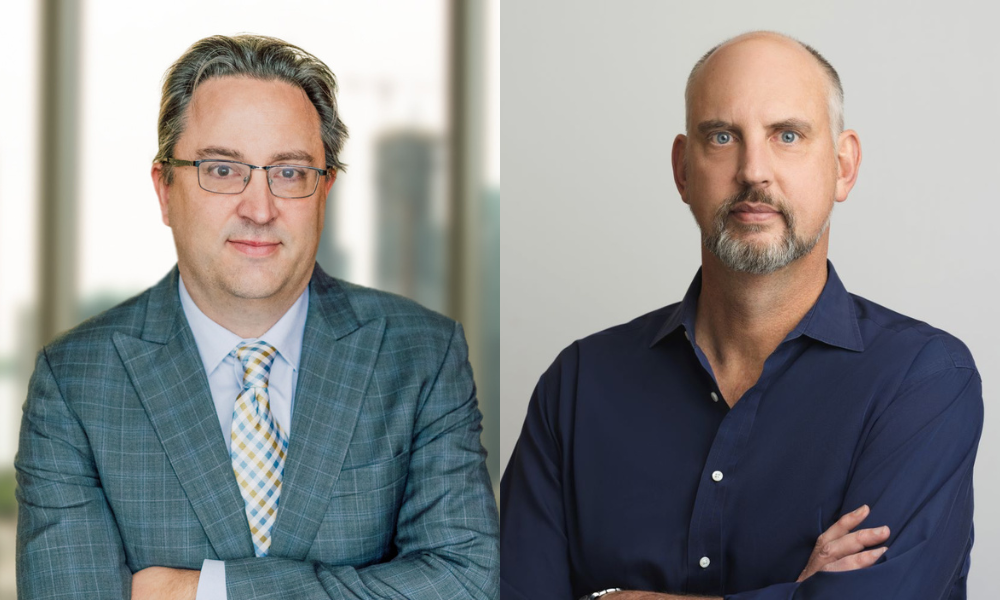Independent brokerage and leading wealth tech provider partner up to bridge a compliance disjoint

It’s been nearly a month since Worldsource Securities announced its agreement with PortfolioAid to launch the independent wealth technology provider’s Prime suitability module for its advisors. And according to the firms’ leaders, the move will address a crucial gap for growth-focused investment advisors.
“When advisors construct portfolios, it’s done on a portfolio basis, which looks at how securities interact with each other,” explains Richard Rizi, vice president, Investment Services at Worldsource Wealth Management. “But today, portfolio suitability is measured on an individual security-by-security basis, unless you’re using a tool like Prime.”
Bridging a compliance disconnect
The notion of portfolio-level suitability crossed regulators’ mind as early as 2018. During consultations held at the time, industry commenters were more focused on where regulation was going with respect to referral arrangements, which Rizi (pictured above, left) argues obscured the more important issue of measuring suitability of portfolios – assigning risk ratings based on the portfolios’ overall volatility – to clients’ needs.
“If you look at the client-focused reforms that came into force in 2022, the ultimate goal is about looking after clients’ best interest,” Rizi says. “We think looking at suitability at the portfolio level fits squarely within that mandate.”
While there are other firms in Canada that do portfolio-level suitability checks as well, Rizi says they’re few and far between.
“Generally, there’s a bit of a disconnect between how advisors build portfolios and how those are viewed by compliance systems,” he says.
Sam Webster, the president at PortfolioAid, is seeing an evolution in how firms want to conduct suitability for their more sophisticated programs, including managed accounts. Compared to other firms that are using PortfolioAid Prime, he says, Worldsource is taking a more progressive approach.
“Our other clients who’ve adopted PortfolioAid Prime [Portfolio Risk Metrics] are using it as a secondary tool for monitoring managed account programs,” Webster (above, right) says. “Worldsource is going to be using the tool for suitability reviews and suitability monitoring … They’re mapping portfolio risk calculation to the investment mandate, which we think is the perfect way to do it.”
An elegant growth approach
Having a portfolio-level capability to measure volatility, Webster says, gives more sophisticated advisory groups the ability to build portfolios in discretionary managed accounts as mini-mutual funds or mini-ETFs, whose risks are measured and rated in a manner consistent with how mutual fund and securities regulators currently do.
“Once you really understand how the industry looks at risk, which is measuring volatility based on standard deviation, there’s an elegance to it,” Rizi says. “By applying that consistent approach to making model portfolios, portfolio managers can take a more structured approach to their business. … That’ll help them scale up better and realize efficiencies in their practice, and it’ll help them stay onside with their know-your-product regulatory requirements as well.”
As the future of the investment industry swings towards more scalable modelled approaches, wealth firms are increasingly looking to offer managed accounts within their enterprises. Against that backdrop, Worldsource is looking to launch a more robust managed accounts program. Earlier this week, the firm unveiled a partnership with Envestnet to let Worldsource Securities advisors access the Envestment platform, which supports bespoke model portfolios such as unified managed accounts.
Aside from letting advisors grow their business, Rizi says managed accounts provide clients with a wider spectrum of mandates that are suitable to them. More portfolio managers are migrating into managed accounts programs, Webster adds, as they look to increase profitability and operational ease within their practices.
“I think advisors are entrepreneurs by nature, but they’ve never been more highly regulated than they are today … They’re the central compliance stakeholder,” Webster says. “Giving them access to technology to help address their individual responsibilities with respect to KYC and KYP is critical to help them grow.”



